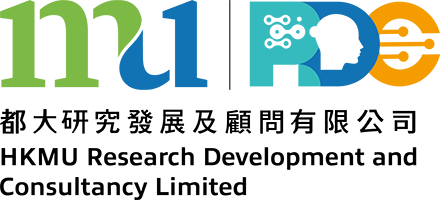Course Coordinator: Dr Tony M T Chan, Grad Dip, MPhil (CUHK), PhD (CityU)
This course is suitable for students with a variety of backgrounds. The design of course materials emphasizes solving real-life problems and applying algorithms rather than abstract ideas and formal proofs. The main interest of the course is the use of ideas from discrete mathematics to solve various optimization problems and to represent these ideas through graphs. Areas covered include job assignments, scheduling, transportation models, communications, design of experiments, social and electronic networks, and computer science. This is an optional course in various degree programmes: Mathematical Studies, Statistics and Decision Science and Electronics.
Advisory prerequisite(s)
You are advised to have studied one of the foundation mathematics courses MATH S121 and/or MATH S122, or to have already acquired a basic knowledge of mathematics.
Aims
This course aims to introduce the three interrelated areas of combinatorics, i.e. graphs, networks and design, as well as the application of optimization techniques and mathematical modeling, to solve practical problems presented in operational research, artificial intelligence, sciences and technology.
Contents
The course covers the following topics:
- Operational research — job assignments, bottle-necks, activity networks in project planning, scheduling, design of experiments
- Transport planning and traffic control — flows in networks, choice of optimum route, minimizing dangerous crossings at traffic intersections
- Communications synthesis — synthesis of telecommunications networks, designs of codes so as to reduce errors in communication
- Structures and mechanisms — degrees of freedom in a structural system, synthesis of mechanisms, bracing a frame structure
- Electrical and related network — analysis of RCL networks, Kirchoff's laws, multiport networks and systems
- The following areas of mathematical interest:
- Linear graphs and diagrams — trees, Eulerian and Hamiltonian graphs, shortest path problems and critical path analysis, planar graphs and maps, the four-colour map problem
- Network flows — flows in capacitated networks, max-flow min-cut theorem, transversal theory, assignment and transportation problems
- Block designs — design of experiments, coding theory, triple systems and the 'schoolgirls problem'
- Kinematic design — links and joints, braced frameworks, bipartite graphs, kinematic mobility
- Geometry — tesselations, polyhedra, polyominoes and tilings
Learning support
There will be nine tutorials, and some regular surgeries throughout the course, usually on weekends.
Assessment
There are four assignments and two assignments (multiple choice) and a three-hour final examination. Students are required to submit assignments via the Online Learning Environment (OLE).
Online requirement
This course is supported by the Online Learning Environment (OLE). You can find the latest course information from the OLE. Through the OLE, you can communicate electronically with your tutor and the Course Coordinator as well as other students. To access the OLE, students will need to have access to the Internet. The use of the OLE is required for studying and accessing this course.
Equipment
Students will need access to a computer with a CD-ROM drive, and a scientific calculator.
The course contains a series of audio programmes associated with each study unit. About a 1/5 of the course material requires you to use a personal computer, so you will need access to one.
Software
The software, which will be provided, includes both teaching and application packages, and will help you with the analysis, exploration and manipulation of graphs and networks, and scheduling problems.
Set book(s)
There are no set books for this course.
Students with disabilities or special educational needs
If you have impaired hearing, the audio-programmes work necessary for this course may present some difficulties. You should seek further advice from the Course Coordinator before enrolling on the course if the above applies to you.










